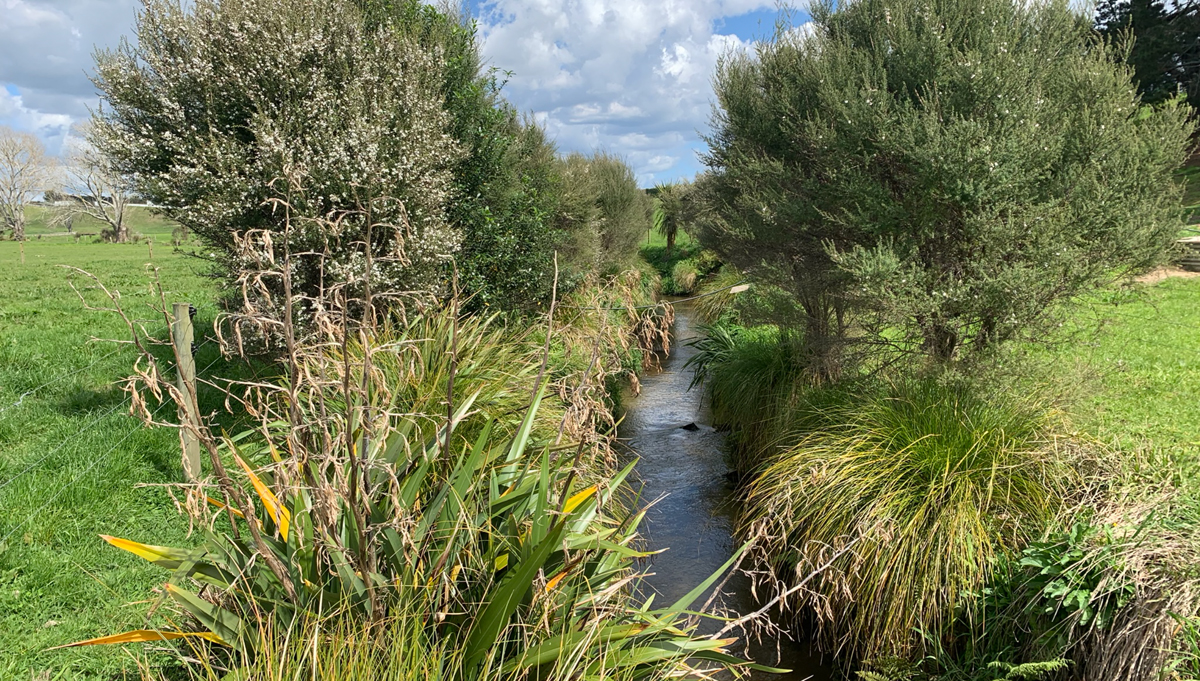Reducing drainage depths in agricultural peatlands by 50% could reduce greenhouse gas emissions by the equivalent of over 1% of global anthropogenic emissions, suggests a paper in Nature this week.
Complete restoration of peatland remains the most sustainable option, but where it is not feasible to end drainage-based agriculture, partially raising the water table in peatlands could reduce emissions without halting their productivity.
Draining peatlands can provide fertile land for growing crops, because removing water triggers the release of nutrients through decomposition.
But crops grown on peat have some of the highest greenhouse gas emissions per crop calorie in the world. The equivalent of around 3% of global anthropogenic greenhouse gases are emitted from drained peatland.
Australian and European researchers, studying peatlands in the British Isles, found halving the drainage depths of the peatlands could significantly reduce their emissions.
They calculated that if the water table was raised across all peatlands used for crops globally, human-caused emissions could be reduced by 1.3%.
To determine how these emissions might be reduced while maintaining the land for agricultural use, Chris Evans and colleagues investigated the factors that influence the release of greenhouse gases.
They studied carbon dioxide flux in 16 peatland areas and methane flux in 41 peatland areas across the British Isles and combined these data with previously published results.
They found that the height of the water table has a dominant role in greenhouse gas emissions. Raising the water table by 10 cm could reduce the carbon dioxide equivalent (a combined measure of greenhouse gases) of emissions by an estimated 3 tonnes per hectare per year.
The authors of the paper suggest that halving the drainage depths could deliver up to 63% of the maximum climate mitigation that is achievable through complete wetland restoration.
These results do not argue against full restoration of cultivated peatlands to wetlands, but they do offer an opportunity to reduce the impacts of agricultural use in regions that depend on peatland crops to support their populations.
The authors add that developing water-tolerant crops for use on these wetlands should be a priority for efforts to combat climate change.
- The research can be read HERE.
Source: Sci-mex












